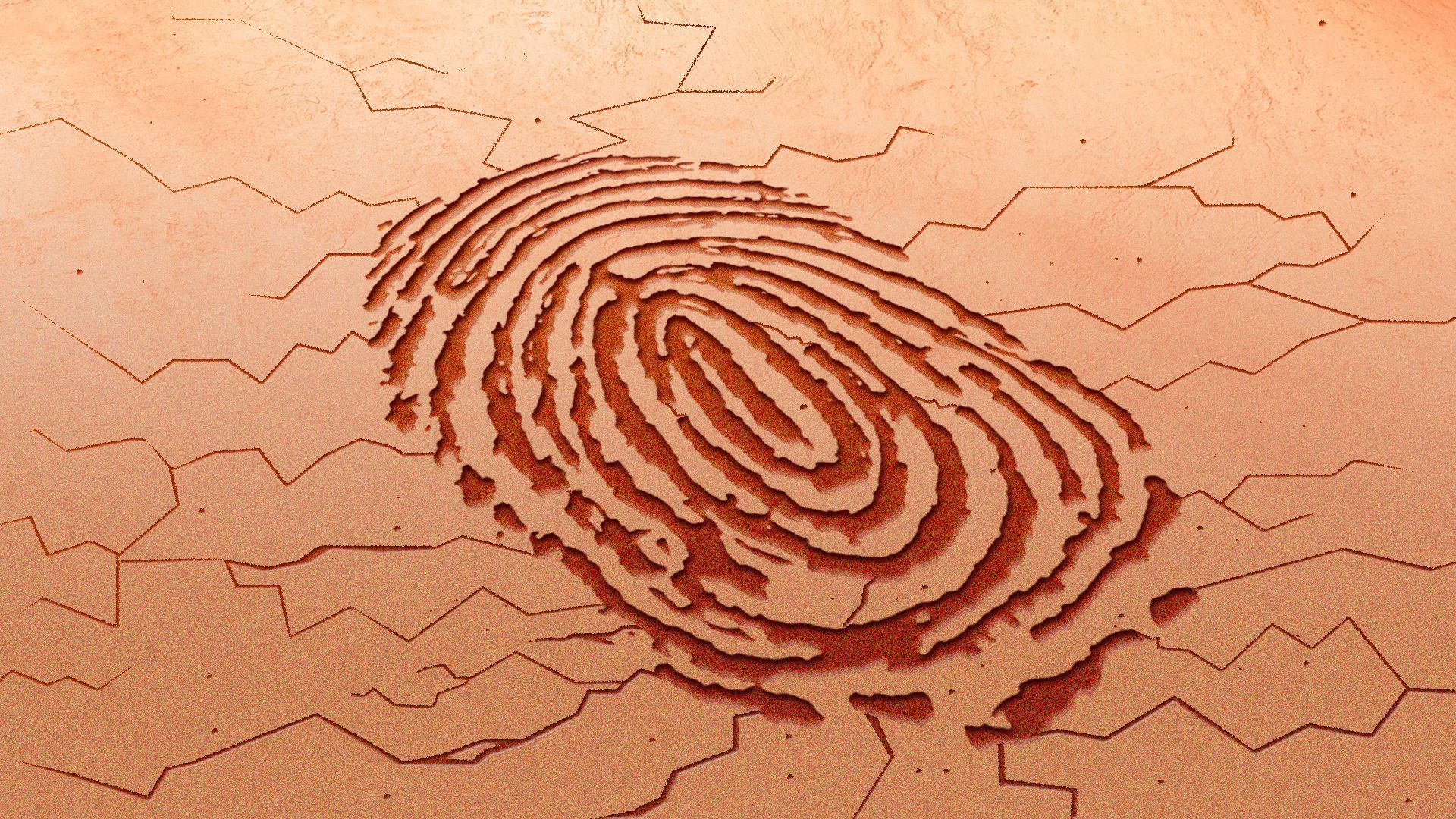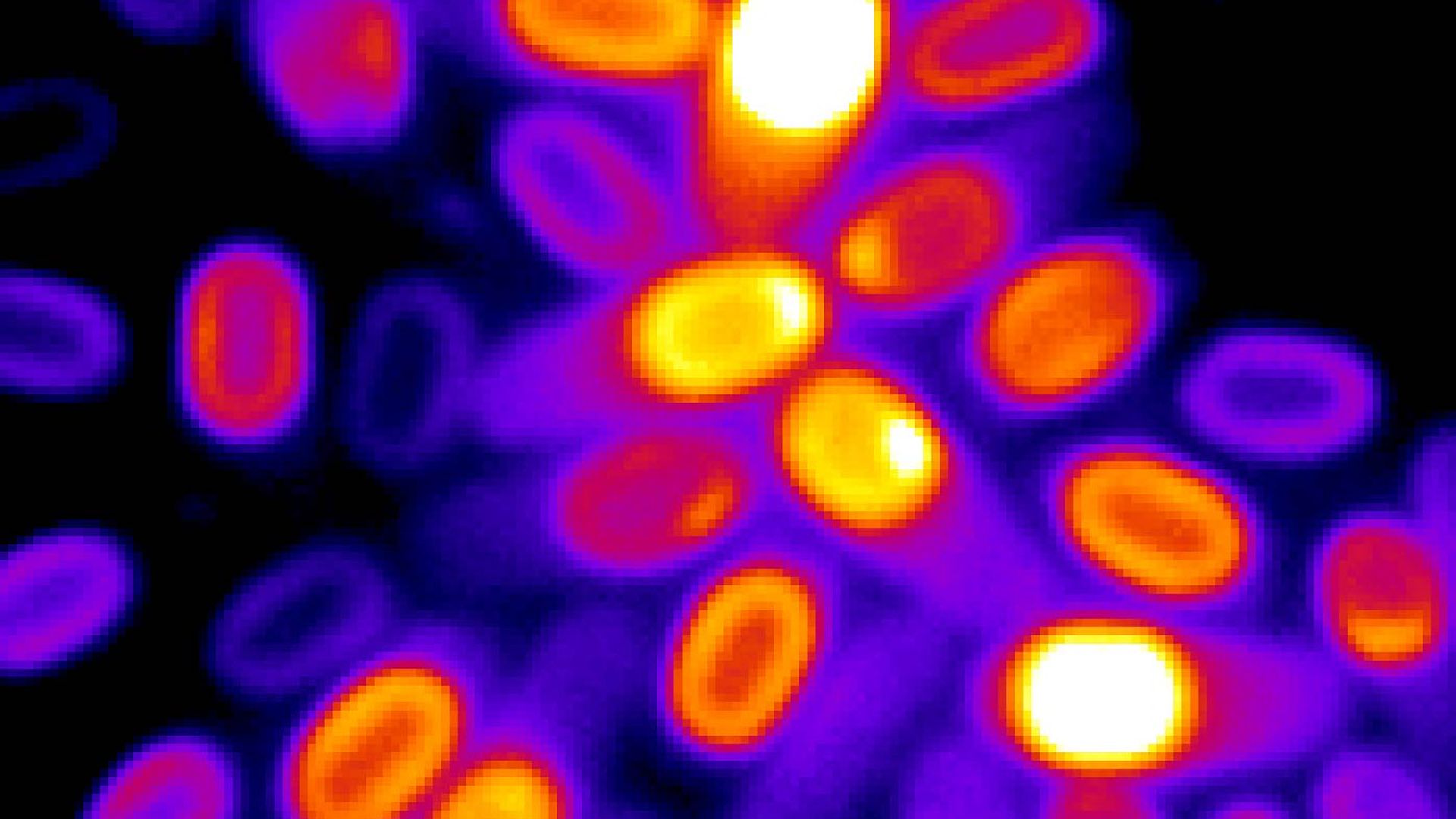| | | | | | | | | | | Axios Science | | By Alison Snyder · Oct 06, 2022 | | Welcome back. This week's newsletter is 1,595 words, about a 6.5-minute read. | | | | | | 1 big thing: The search for new materials |  | | | Illustration: Gabriella Turrisi/Axios | | | | AI and automation are speeding up science and chemistry by helping scientists pick which experiments to conduct and home in on promising new materials. Why it matters: There's pressure on these fields to produce new materials faster and cheaper to support and power technologies that could transform industries and economies. The big picture: New materials and molecules are needed for the batteries, drugs and semiconductors envisioned to underpin a green grid, precise medicine, and the next generation of computing and communications. - "Ultimately, this new technology drives the next revolution, maybe the next major scientific revolution," says Olexander Isayev, a professor of chemistry at Carnegie Mellon University.
- The U.S., China, EU and Japan all have ongoing initiatives to spur the development of materials by building libraries of compounds that can be tested and potentially developed into new materials.
- The U.S. led the world in publications in the field two decades ago, but China now holds the top position in materials science research by this measure.
What's happening: It can take decades to get a new material to market in a process that involves an almost "artisanal science," Isayev says. - But as some laboratory tasks are automated and AI is integrated in the analysis of scientific data, materials scientists and chemists are using machine learning and other tools to perform computations and simulations that can point them to candidates for new catalysts, polymers and other materials with unique properties.
- They're also using AI models to remove noise in the data generated in experiments or direct microscopes to areas of interest, cutting the time researchers can spend on them.
Zoom in: In a new study, researchers combined machine learning, theories and calculations of physical properties and experiments to identify new alloys. - There are so many (10^50) possible combinations of the elements typically used in alloys, including nickel, iron, cobalt and copper, that it would be nearly impossible to wade through them all using trial and error.
- The researchers were interested in a particular type of alloy, called high-entropy alloys, that are made up of multiple elements in similar proportions. They were also searching for alloys called invars that don't expand or contract when the temperature changes, making them ideal for transporting and storing natural gas.
How it works: The team put data about different alloys — some of it more than 100 years old — into an AI model that determines correlations between alloy properties and the elements in them and generates hundreds of thousands of candidate materials. A neural network then whittles that down to about 1,000 remaining candidates. - Those are then assessed based on physics theories and computations about how the alloys should behave, and about 20 compositions are suggested.
- The top three compositions are selected by researchers and measured physically.
- That data gets fed back into the AI, which tries to improve on it having learned about the underlying physics, creating an active learning loop.
|     | | | | | | 2. Part II: Alloys discovered with AI | | The researchers identified two new alloys in six times through the loop. - It took two to three months, compared to years of experiments typically required to find a new alloy, says Ziyuan Rao, a postdoctoral researcher at the Max Planck Institute for Iron Research in Germany and a co-author of the paper, published today in the journal Science.
Yes, but: Finding a material or chemical is one hurdle. Actually making it is another. - It's much more difficult to train AI models to predict how to synthesize a material, in part because there isn't data on what can't be synthesized, says Keith Butler, a senior lecturer at Queen Mary University of London.
- Researchers are starting to employ AI to try to optimize manufacturing of materials like perovskites, which are used for advanced solar cells.
- The National Science Foundation awarded $20 million over five years to the new Center for Computer-Assisted Synthesis at Notre Dame University, which aims to tackle the problem.
What they're saying: "Despite the rate of advancement in this field, groundbreaking potential of these approaches is yet to be realized," a description for a conference on the topic being held this week states. - Materials science doesn't have the big datasets that fuel AI-enabled advances in genomics and other fields.
- The high cost in time and money to conduct experiments means less data is available to train AI systems — and much of what is available is collected in different experiments or under various conditions, and is spread across institutions or locked up in proprietary databases.
- The alloy work is "impressive" because they were able to get the results with sparse data, says Isayev, who uses AI to identify new materials and predict the properties of chemicals for solar energy technology and drug design.
What to watch: Another AI model — large language learning models that can write text — could be coming to materials science. - "I think that next year that's what's going to be very hot in material sciences and in physical sciences," says Gabriel Gomes, a professor at CMU who uses machine learning to develop new chemical reactions and catalysts.
|     | | | | | | 3. Climate change fingerprints found on summer's scorching droughts |  | | | Illustration: Annelise Capossela/Axios | | | | Human-caused climate change made the drought conditions that gripped large portions of the Northern Hemisphere this past summer far more likely to occur, a new study found, Axios' Andrew Freedman writes. Why it matters: The study, published Wednesday, found human-caused global warming dramatically upped the odds of drought throughout the hemisphere outside of the tropics — making them at least 20 times more likely compared to the preindustrial era. The big picture: This past summer featured cascading drought events around the Northern Hemisphere. Hit especially hard were the Western and Central U.S., Western Europe and large swaths of China. - The new study, published using peer-reviewed methods by the 21 members of the World Weather Attribution group, a global collective of researchers that examine the ties between extreme weather events and human-caused climate change, focused on changes in soil moisture as a key drought metric.
- Warmer temperatures are the primary cause of the increase in drought likelihood, the study finds, since hotter weather increases evaporation from soils and plants.
- The new research estimates human-caused climate change made soil moisture drought conditions much more likely, by about a factor of 20, though the study's authors cautioned there is a significant amount of uncertainty associated with that specific number.
Zoom in: Hemisphere-wide, the study found human-caused climate change made surface-level drought at least five times more likely to occur compared to a climate without added amounts of greenhouse gases. - Drought in the root zone — the top 1 meter, or 39 inches, of soil — had the 20-fold increase, however.
- The international team of researchers also focused on Western and Central Europe, which saw an especially severe drought from the Atlantic to the eastern Black Sea.
- The study found that for this region, climate change made surface drought up to six times more likely to occur, while root zone drought, which is also known as agricultural and ecological drought, was three to four times more likely.
Yes, but: The reduced spike in the odds of regional drought compared to hemisphere-wide conditions can be traced to the fact that it tends to be easier for researchers to tease out broad trends when looking at bigger regions, with more natural climate variability entering the picture when they zoom in on a specific area. |     | | | | | | A message from Axios | | The latest political news in your inbox | | |  | | | | Stay in the know for the upcoming midterm elections with our insider's guide to the powerful people — and ideas — shaping politics. Delivered daily from Sunday to Thursday. Subscribe for Free | | | | | | 4. Worthy of your time | | At long last, can malaria be eradicated? (Apoorva Mandavilli — NYT) Scientists have discovered a new set of blood groups (Chris Baraniuk — Wired) DeepMind AI invents faster algorithms to solve tough math puzzles (Matthew Hutson — Nature) |     | | | | | | 5. Something wondrous |  | | | Microscopy image of several spores with their electrochemical potential color coded according to value. Image: Suel Lab – Kaito Kikuchi and Leticia Galera | | | | Bacteria can shut down all of their functions for years to protect themselves. While they're dormant, they may count how often they sense nutrients and use that information to know when to wake up, scientists report today. Why it matters: The finding could be helpful in developing antibiotics for bacteria spores, like anthrax, that can be in dormant states that make them difficult to kill. - It could also provide clues about what life is capable of in extreme conditions — and help guide the search for life on Mars or other planets.
Background: Normally, cells receive signals when a gene is expressed or another biochemical reaction occurs. - But bacteria spores are doing "literally nothing" when they are dormant, says Gürol Süel, a microbiologist at the University of California, San Diego.
- From previous research, Süel and his colleagues knew the spores housed potassium ions. They thought the positively charged ions could be creating a pre-stored electrochemical potential in the spores — similar to a capacitor — that signaled they should wake up, or germinate.
What they found: They tested the idea by giving Bacillus subtilis short pulses of nutrients, and measuring what happened as potassium ions left a spore's core and the electrical charge in the spore became more negative. - When the spore's capacitor reached a certain charge, it germinated.
- When the scientists engineered spores to mutate the channels the ions move through, the charge in the spore's capacitor didn't change much and the spores stayed asleep, Süel and his colleagues report today in the journal Science.
The intrigue: It's still unclear how the bacteria wake up. - "It's still baffling to me that after thousands of years of doing nothing like that, how do they wake up in a few minutes? It's really weird," Suel says.
The big picture: The spores' counting mechanism is similar to one that determines when a Venus fly trap closes — not too soon and not too late — and when a neuron fires. - "It's interesting to see that there's similar solutions to similar problems," Süel says.
|     | | | | | | A message from Axios | | The latest political news in your inbox | | |  | | | | Stay in the know for the upcoming midterm elections with our insider's guide to the powerful people — and ideas — shaping politics. Delivered daily from Sunday to Thursday. Subscribe for Free | | | | Big thanks to Laurin-Whitney Gottbrath for editing this week's newsletter, to Gabriella Turrisi on the Axios visuals team and to Nick Aspinwall for copy editing this edition. |  | | Are you a fan of this email format? It's called Smart Brevity®. Over 300 orgs use it — in a tool called Axios HQ — to drive productivity with clearer workplace communications. | | | | | | Axios thanks our partners for supporting our newsletters. If you're interested in advertising, learn more here.
Sponsorship has no influence on editorial content. Axios, 3100 Clarendon Blvd, Arlington VA 22201 | | | You received this email because you signed up for newsletters from Axios.
Change your preferences or unsubscribe here. | | | Was this email forwarded to you?
Sign up now to get Axios in your inbox. | | | | Follow Axios on social media:    | | | | | |








No comments:
Post a Comment